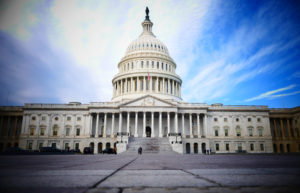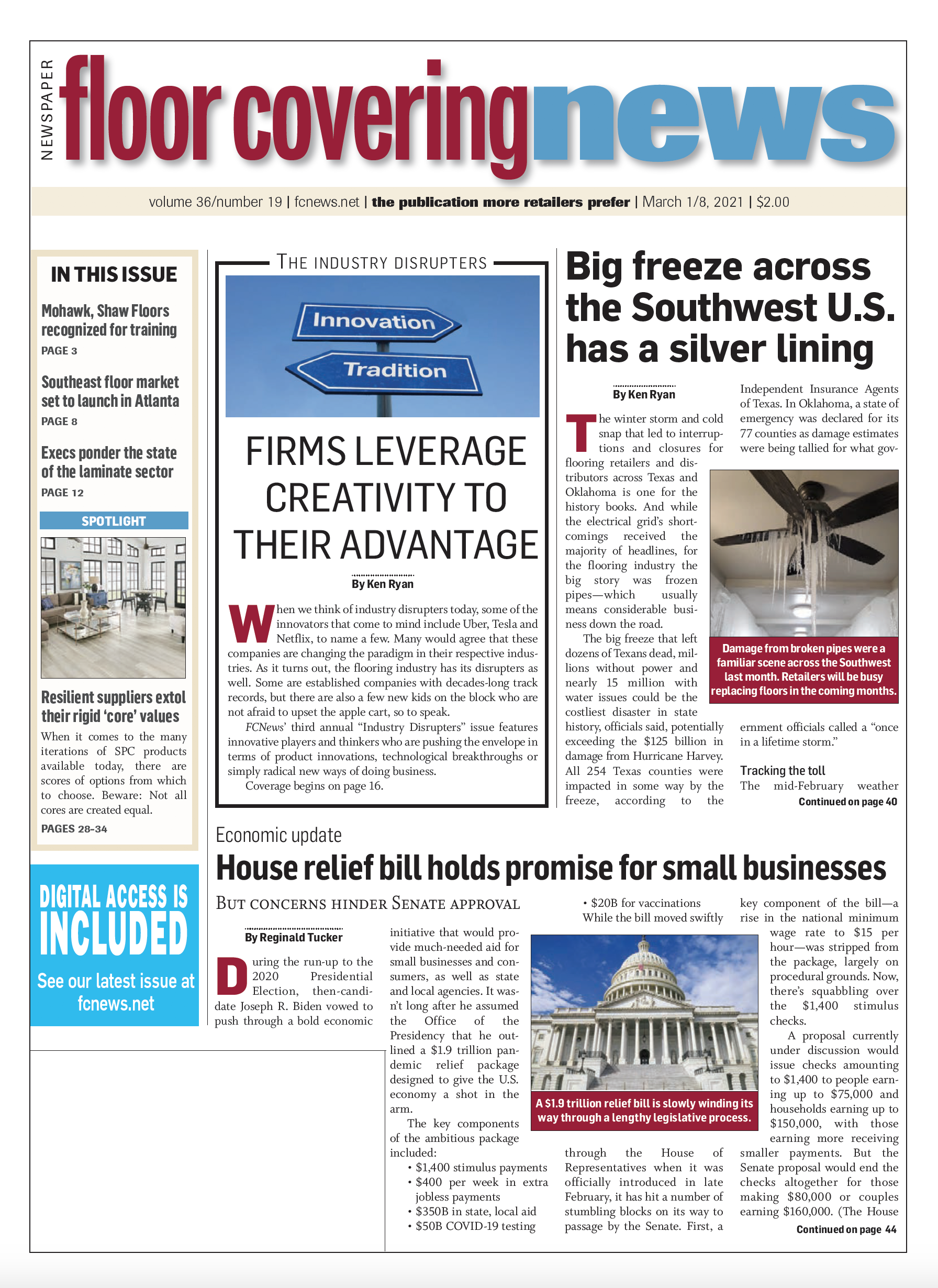 By Reginald Tucker During the run-up to the 2020 Presidential Election, then-candidate Joseph R. Biden vowed to push through a bold economic initiative that would provide much-needed aid for small businesses and consumers, as well as state and local agencies. It wasn’t long after he assumed the Office of the Presidency that he outlined a $1.9 trillion pandemic relief package designed to give the U.S. economy a shot in the arm.
By Reginald Tucker During the run-up to the 2020 Presidential Election, then-candidate Joseph R. Biden vowed to push through a bold economic initiative that would provide much-needed aid for small businesses and consumers, as well as state and local agencies. It wasn’t long after he assumed the Office of the Presidency that he outlined a $1.9 trillion pandemic relief package designed to give the U.S. economy a shot in the arm.
The key components of the ambitious package included:
• $1,400 stimulus payments
• $400 per week in extra jobless payments
• $350B in state, local aid
• $50B COVID-19 testing
• $20B for vaccinations
While the bill moved swiftly through the House of Representatives when it was officially introduced in late February, it has hit a number of stumbling blocks on its way to passage by the Senate. First, a key component of the bill—a rise in the national minimum wage rate to $15 per hour—was stripped from the package, largely on procedural grounds. Now, there’s squabbling over the $1,400 stimulus checks.
A proposal currently under discussion would issue checks amounting to $1,400 to people earning up to $75,000 and households earning up to $150,000, with those earning more receiving smaller payments. But the Senate proposal would end the checks altogether for those making $80,000 or couples earning $160,000. (The House measure had a higher cap of $100,000 for individuals and $200,000 for households.)
According to a New York Times report, President Biden has signed off on a Democratic plan to place stricter income caps on the next round of stimulus payments in what has been described as a concession to moderates whose votes he needs to push through his $1.9 trillion pandemic aid package. The change in the upper limit being discussed in the Senate, if adopted, would mean that some people who received a stimulus check during the Trump administration would not get one under President Biden. The Times estimated that nearly 9 million households that received at least some amount in the last round of stimulus checks authorized in December would not receive any this time around.
In addition, there are some members within the Senate who have been pushing to narrow other elements of the stimulus plan, including reducing a $400 weekly federal unemployment payment in the measure to $300 a week—the level currently being provided.
Sen. Joe Manchin, a Democrat from West Virginia, said he is “very pleased” with changes being made to the COVID-19 relief bill, strongly signaling he’s ready to vote for the bill although stopping short of directly saying so.
Manchin, among the most conservative Democrats in the Senate, is one of those who are pushing to lower the weekly federal unemployment insurance payments in the bill from $400 to $300 a week. However, he suggested the issue is not a deal breaker. “I just think the bill really does have enough good stuff that we should be able to make this work.”
Several GOP senators, however, are in no rush to get to a vote. Sen. Ron Johnson, a Republican from Wisconsin, said he may try to drag the process out for several days, which he can do as long as he has another senator who seconds his motions to keep offering amendments. “I’m going to make them read their 600- and 700-page bill,” Johnson said. He also plans to force a significant amount of amendments to drag out the process. “We need to keep this process going,” he said. “I’m going to lead the effort to resist this thing.”
While the party-line stances echo the traditional policy gridlock witnessed in Washington, some independent industry observers caution business owners not to worry too much about the current state of affairs. “The current political party alignment does not mean you should assume slow growth is ahead,” said Brian Beaulieu, chief economist and CEO of ITR Economics. “Some markets are naturally lagging the GDP rise of 2021, but they, too, will rebound. The S&P 500 trend is an asset price bubble with low probability of reversing direction in 2021.”
ITR’s statistics show GDP, retail sales and non-defense capital goods new orders are all rising—that is, with the exception of aircrafts. But that does not mean the tide is lifting all boats. “One of the basic concepts of economic cycles—that there are leading, coincident and lagging parts of the economy—remains in effect,” Beaulieu explained. “Some markets, such as a big swath of nonresidential construction and currently multi-family housing, are going to struggle in 2021. Use the reality of ascent in the earlier-turning parts of the economy to derive solace that these latter-turning markets will be moving upward—just later on.”

